Incorporating Containers in a Garden Design
Plants in containers are a great way to bring interest to your garden throughout the year. In this blog, Katie, our garden designer, shares her advice on how to use containers to enhance a garden design.
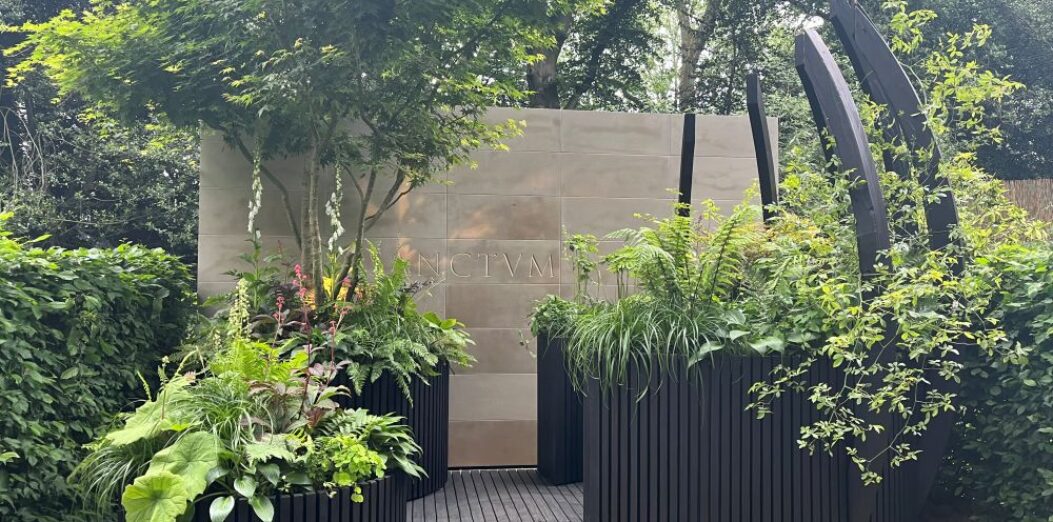
Artfully designed and beautifully planted, containers are a striking feature on their own, but using containers throughout a design can also add a sense of coherence to a garden. This can be seen in this year’s Chelsea Flower Show, where containers were used to great effect in a number of the show gardens (e.g. the Sanctum garden, above). Plants in containers fulfil a number of design purposes: as eye-catching focal points, to lead the eye in a design, to hide unwanted views or to add colour to a difficult growing spot. Our recent blog Plants for Containers gives you some ideas of plants combinations to try. Here are some ways in which to use containers to enhance the design of your garden:
1. Focal Points
- There is something striking about a large individual or group of pots full of seasonal colour and texture at the edge of a patio, in a centre of a parterre or against a fence or wall. If you want to catch the eye within your design or create a central focal point than a large container can be an easy and affective way to do this.
- The beauty of using a container as a focal point is that the planting can be altered throughout the season and it’s a great way to add bulbs and bedding plants to your garden. A beautiful display of tulips and daffodils in the spring could then be replanted with summer seasonal plants such as lobelia, petunias, dahlias etc. Groups of pots could be swapped around throughout the year so there is always something new to look at.
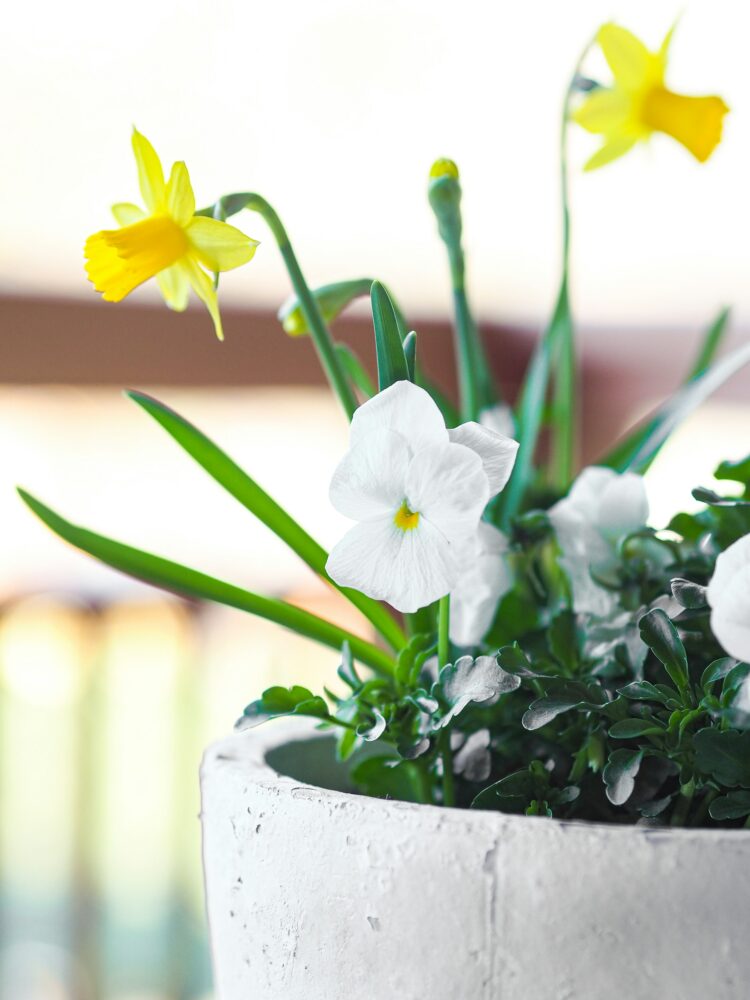
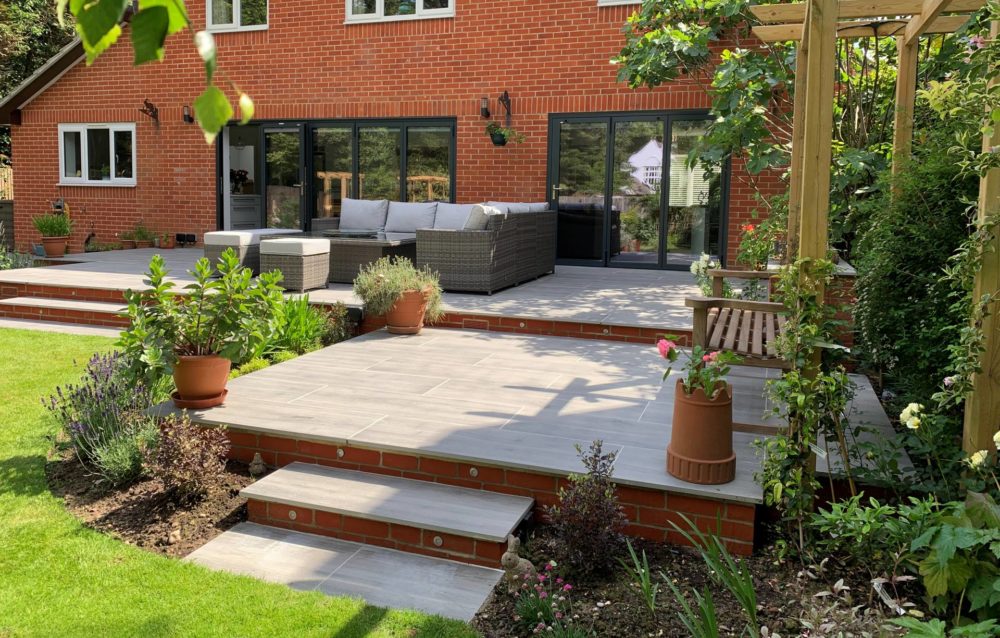
2. Direct Traffic and Mark Transitions
- Containers can be strategically placed to help direct traffic and alert visitors to changes as they move from one space to the next.
- Pots can also be used as a subtle safety feature such as on either side of a step to signal an elevation change or at the edges of a raise deck to prevent people from stepping off.
- You can use pots to signal the transition between paved and unpaved surfaces to stop visitors from walking off the designated path or cutting across planting beds or lawn.
3. Grow Your Own
- If you would like to start growing your own fruit, veg or herbs, but don’t have the space or a designated area within your design, then containers are a great way of adding this in a more subtle way to your garden.
- A lot of vegetables will happily grow in a reasonable sized container. Some fruit bushes can be easily maintained in containers and can make picking of the fruit easier.
- Tiered herb pots can be used for both herbs and strawberries, placed close to a seating area or back door for easy picking.
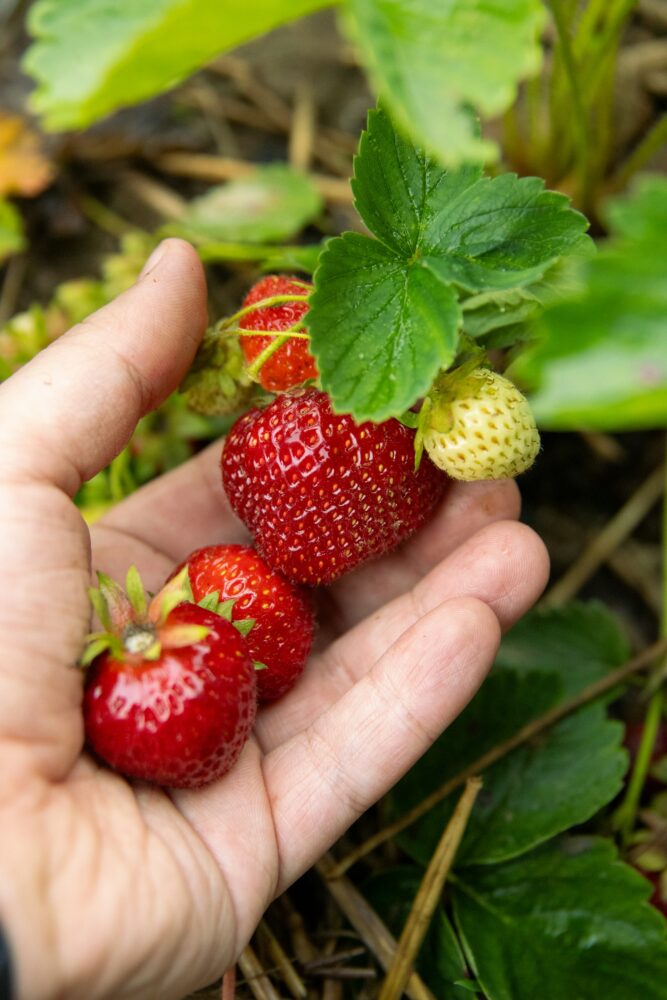
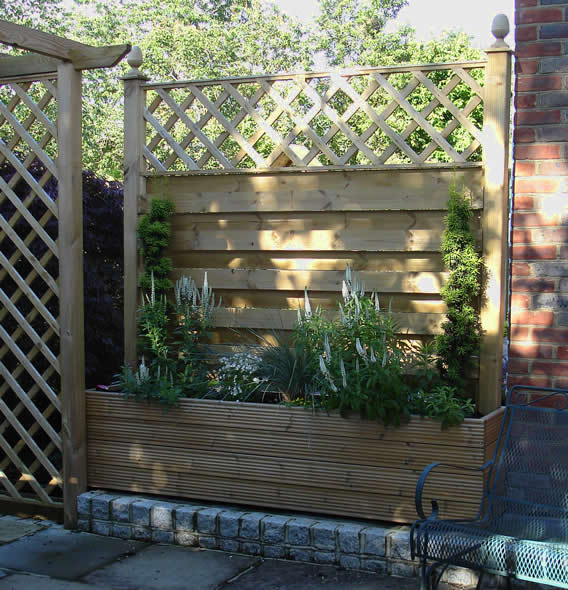
4. Hide Unwanted Views
- Almost all gardens have at least one unsightly view and it is not always easy to hide this if you are tight on space. An easy way to disguise an unsightly feature such as water butts, air-conditioning units or a damaged fence or wall, is to use strategically placed pots.
- Pots with large or conical planting can be great at disguising lower-level features such as air-conditioning units or gas meter boxes.
- Using trellis in trough style planters, means an unsightly fence or wall can be covered with beautiful climbing species.
5. A Solution for Difficult Spaces
- Clients often ask what to do about a difficult corner of their garden where for many reasons, whether that be deep shade, poor soil, or a rain shadow, they struggle to get anything to grow.
- Using pots in these tricky areas is a great way to add colour and texture. By picking the right plant combination for the aspect and with regular watering, even the driest shadiest area can look wonderful.
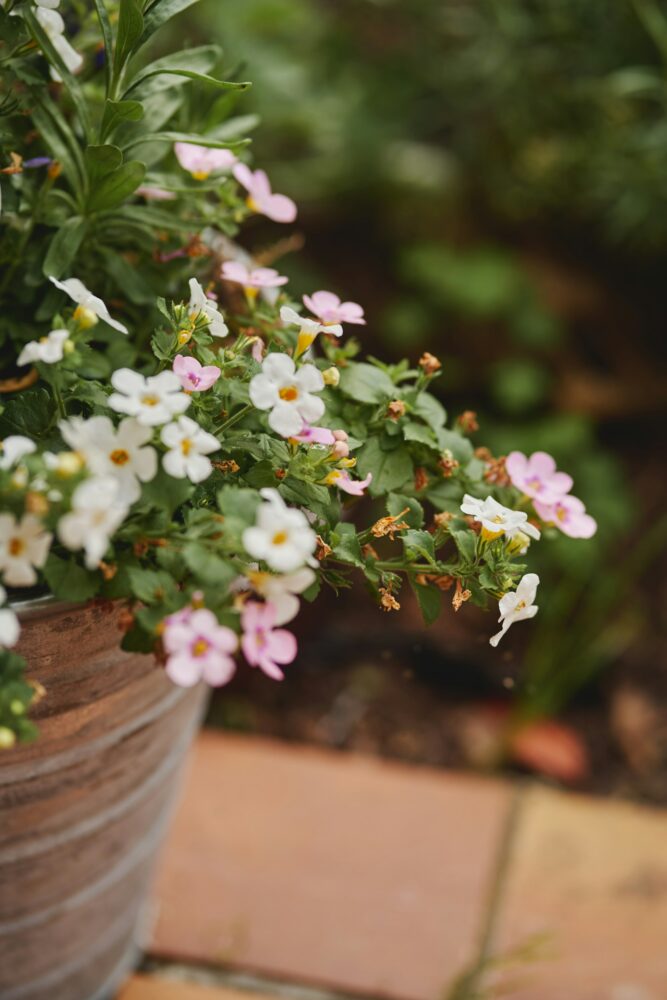
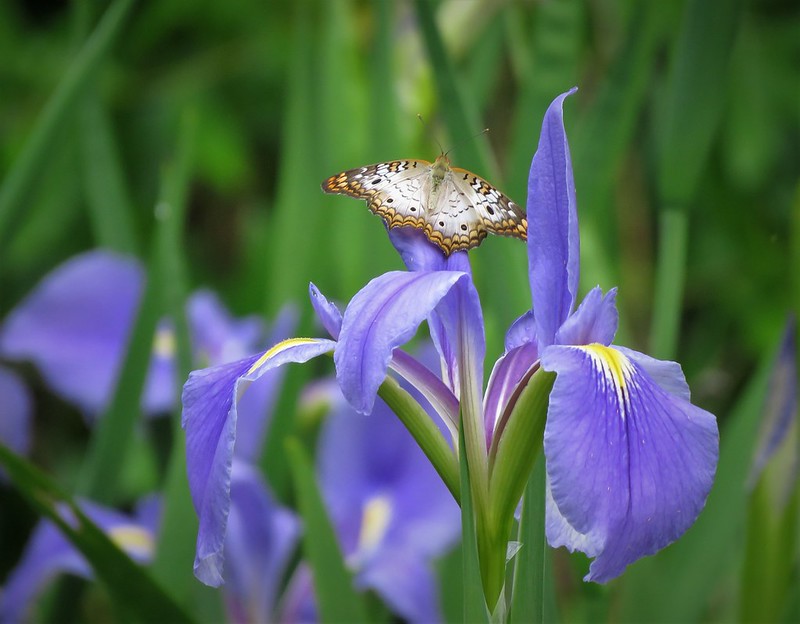
6. Container Water Gardens
- Water in the garden is a popular request when designing, however not everyone wants the maintenance or has the space for a running water feature or pond. Container water gardens are a lovely way of adding water and its benefits to your space and create a striking feature with little maintenance required.
- You will need a watertight container of any style or material to suit your design that will be deep enough to support aquatic life. There are a range of aquatic plants that will suit even a small feature.
- Combine plants with different forms and textures, such as floaters, submerged plants, and emergent plants to add interest. Adding a small fountain or bubbler will help oxygenate the water and attract aquatic life to your water garden.
These are just a few examples of how to use containers to enhance your design. Check out our blog post on plants for containers for ideas of plant combinations to try.
If you’ve found this blog interesting and would like to create your own container garden (or any other type of garden) and live in the Reading and Newbury area, we’d love to meet and discuss your project in detail – book your free no-obligation garden consultation today.
Image credits: